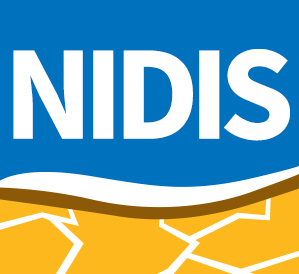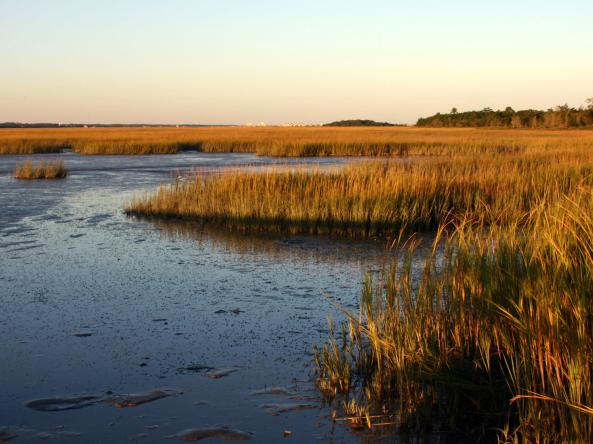For the latest forecasts and critical weather information, visit weather.gov.
This past month was a ‘Tale of Two Temperatures’ in the Southeast, with below-average temperatures across the interior of the region, while the southern tier and the Caribbean remained hot and humid. Many locations in Florida recorded their warmest month on record in July. Precipitation was also variable. Drought conditions improved across Tennessee and northern Alabama, persisted on St. Thomas and St. Croix, emerged in eastern North Carolina and St. John, and intensified across the western Florida Peninsula and northwestern Puerto Rico.
While the Southwest saw record-setting snowpack in the winter of 2023, the Monsoon season has been nearly non-existent. As a result, short-term drought has increased in New Mexico, and long-term drought conditions persisted in Arizona and Nevada. The August 2023 Southwest Drought Briefing webinar looked at current and forecasted drought conditions for Arizona, Colorado, New Mexico, Nevada, and Utah.
The Southeast Climate monthly webinar series provides the Southeast region with timely information on current and developing climate conditions such as drought, floods, and tropical storms, as well as climatic events like El Niño and La Niña.
The Southeast Climate monthly webinar series provides the Southeast region with timely information on current and developing climate conditions such as drought, floods, and tropical storms, as well as climatic events like El Niño and La Niña.
Temperature varied across the Southeast region, with below-average temperatures across the interior of the region while the southern tier and Caribbean remained hot and humid. Precipitation was also variable where much of Tennessee, Alabama, and Virginia experienced above-average rainfall with some localized flooding, while much of Georgia and Florida were drier than average.
For the second straight month, temperatures were below average across much of the Southeast, particularly across parts of Virginia and the Carolinas. On the other hand, temperatures were quite warm across the southern tip of Florida, Puerto Rico, and the U.S. Virgin Islands, where excessive heat warnings were issued on several days. Precipitation was above average across much of the Southeast, owing to the passage of multiple frontal boundaries and low-pressure systems.
Short-term drought in the Southwest has greatly improved. As we look forward to the spring melt, what will this mean for reservoir storage and long-term drought? The June 2023 webinar will look at current and forecasted drought conditions for Arizona, Colorado, New Mexico, Nevada, and Utah
Despite recent cooler temperatures, many locations in the Southeast are still experiencing one of their warmest starts to the year due to higher temperatures in the first four months. Precipitation was more variable. The region is largely free of drought at this time, with the exception of the Florida Peninsula, Puerto Rico, and the U.S. Virgin Islands. A transition from ENSO-neutral is expected in the next couple of months.
The U.S. Environmental Protection Agency (EPA) is sponsoring one-day in-person workshop focused on drought preparedness and water loss for water utilities in Indiana.
The Southwest has seen record-setting snowpack this winter. Short-term drought in the region has greatly improved. As we look forward to the spring melt, what will this mean for reservoir storage and long-term drought? This May 2023 webinar will look at current and forecasted drought conditions for Arizona, Colorado, New Mexico, Nevada, and Utah and then highlight the LandPKS (Land Potential Knowledge System) as a tool to monitor land changes over time.


